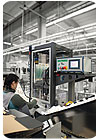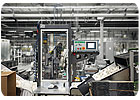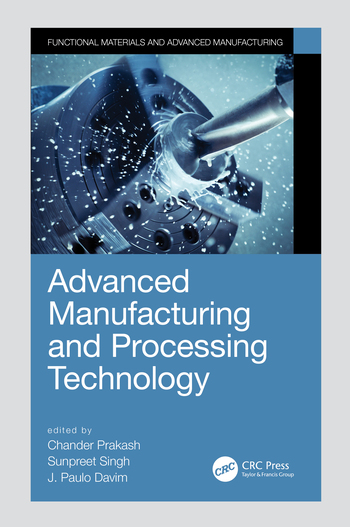
Sixteen
versions of a surface-mounted enclosure are manufactured by Niko in a fully
automated facility. Photo courtesy DEPRAG Schulz GmbH and Co.

The
machine can assemble both single- and double-width enclosures, which receive
either two or four self-tapping screws. Photo courtesy DEPRAG Schulz GmbH and
Co.
A recent challenge for the company has been to create an electrical enclosure that can be mounted to the surface of a plaster wall. The company developed 16 versions of the enclosure, which allows products such as standard plugs, telephone and data-communication sockets, control boxes, light switches and dimmers to be screwed onto the base.
All 16 versions are assembled by Niko at a fully automated facility running three shifts. During assembly, socket components are attached to the enclosure with two or four self-tapping screws. Until recently, the screws were installed manually with a handheld screwdriver-a laborious, time-consuming task that produced inconsistent results. But as demand for enclosures increased, so too did Niko’s reliability requirements for the product.
In November 2008, Niko contacted Assembly Welding Plasma (AWP) to discuss the design of an assembly system for the enclosure. AWP represents the German manufacturer DEPRAG Schulz GmbH and Co. in Belgium. Niko had worked with AWP before and been impressed with DEPRAG’s high-precision screwdriving technology. Niko submitted 26 pages of specifications for the assembly system. Studies were carried out, and a couple of months later Niko contracted with AWP to design the system.
“During the design phase, a 3D animation of the proposed system enabled us to make suggestions for further refinements,” says Niko head engineer Pierre Rottiers. “After final inspection at DEPRAG, where the technical parameters were checked in detail, the machine was delivered on time and has now been 100 percent operational since August 2009.”
Rottiers praises the acquisition as an extremely successful investment. He says the system’s pneumatic screwdrivers are performing 60 assemblies per minute over three production shifts, enabling Niko to lower production costs by 40 percent. “After two and a half years, the machine will have paid for its initial purchase costs working just in a single shift cycle,” Rottiers says.
Measuring 2,000 millimeters high, 1,150 millimeters wide and 1,150 millimeters deep, the system can assemble both single- and double-width enclosures.
The assembly machine features a two-spindle screwdriving system that installs two screws simultaneously. When processing double-width enclosures, which require four screws, the screwdriving module rotates on a pneumatic actuator to install the third and fourth screws.
A DEPRAG screw feed system uses a vibratory bowl to sort, separate and blow screws through a feed hose to the jaws of the screwdrivers. Quality parameters such as screw presence, screw depth and torque are monitored and evaluated for each screw assembly sequence.
The assembly machine is equipped with a simple touch-screen panel featuring clear symbols and text in the operator’s native language. Using this panel, the operator chooses whether a single- or double-width enclosure should be processed, as well as screw insertion depth, torque or both.
If a product is assembled correctly, a green lamp indicates an OK signal for removal of the finished component. If the screw was not installed successfully, a red light is shown, indicating the product must be reworked or inspected. The interface indicates the screw positions that are out of tolerance. It also lets the operator initiate a retry sequence for any of the four screw positions on the product.
When the screws are to be assembled to a specific depth-in this case, 3.5 millimeters-a specific method is employed for the highest precision. Once the screw reaches the selected depth, the air supply for right rotation is disabled and a short impulse for left rotation is engaged, so the screwdriver stops immediately. If an exact torque is required-in this case, 60 ±10 newton-centimeters-the screwdriver’s shut-off clutch immediately disengages when the preset torque has been achieved.
The assembly machine is also equipped with a manually operated two-position rotary table, which lets the operator load and unload one part nest while the second part nest is in the assembly process. This helps to reduce overall cycle time.
For more information on pneumatic screwdriving, call 800-433-7724 or visit www.deprag.com.



